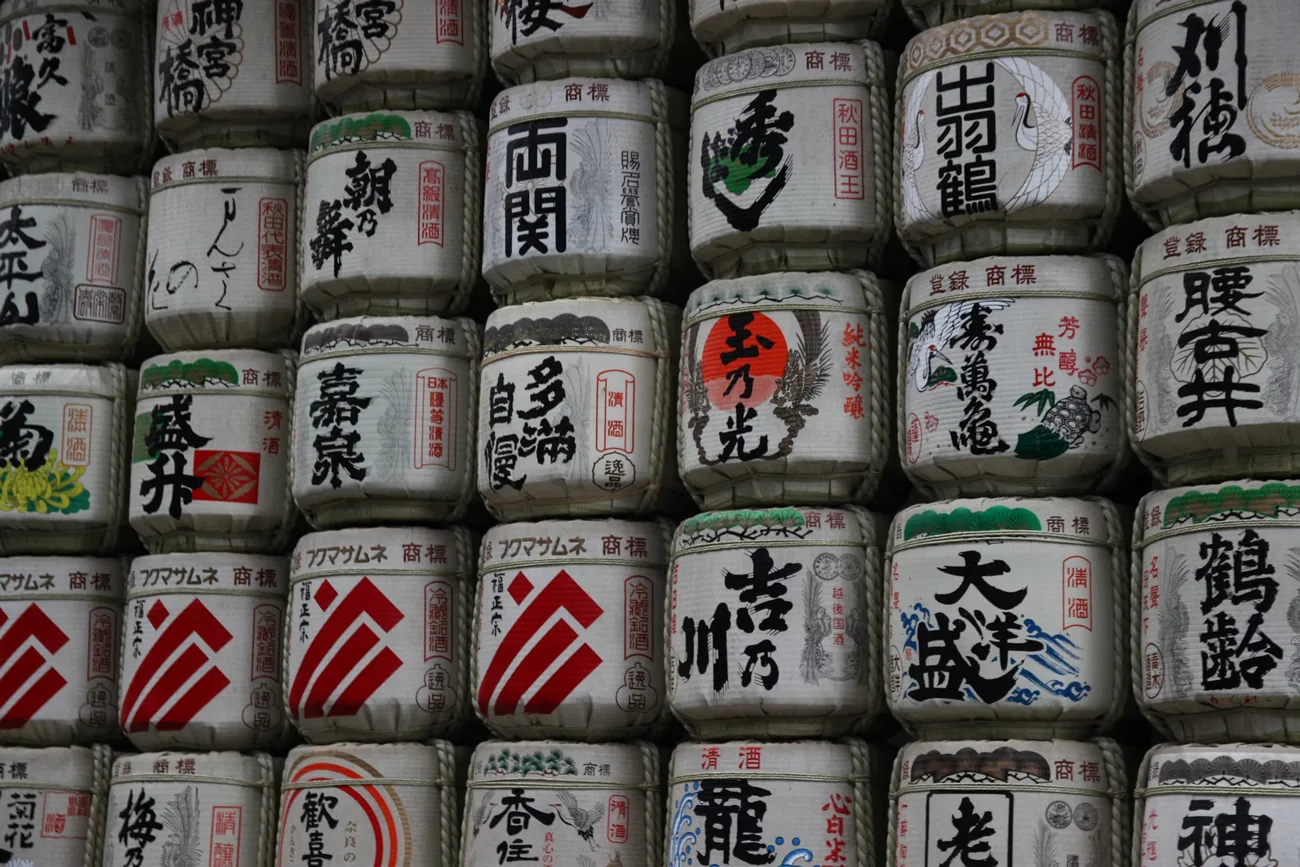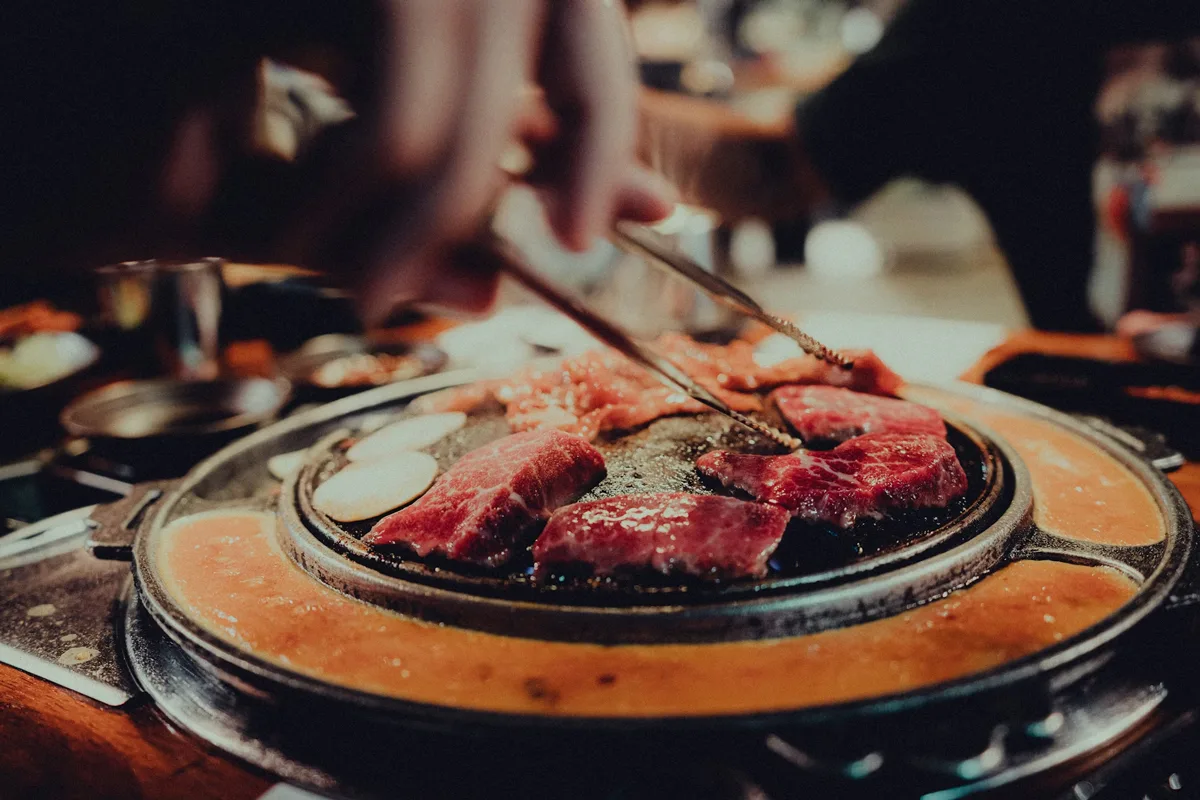Japan and South Korea, two beacons of East Asia, exemplify the beautiful dance between tradition and modernity. Despite the narrow sea dividing them, these nations weave together a rich narrative of history, culture, and innovation, presenting a fascinating tableau for cultural enthusiasts. This exploration delves into the tapestry of cultural interplay between Japan and South Korea, highlighting their distinct yet synergistic cultural landscapes. As one embarks on this cultural journey, the ease of travel, such as the Osaka to Kyoto train in Japan, mirrors the seamless integration of these two countries’ traditions and modern advancements, offering a physical representation of their close ties and shared pathways towards future innovation and cultural fusion. This connectivity not only facilitates the exploration of Japan’s rich heritage and scenic landscapes but also symbolizes the dynamic flow of ideas and cultural exchanges that define the relationship between Japan and South Korea.
The Harmony of Tradition and Modernity: Japan and South Korea are testament to the respectful coexistence of ancient traditions amidst the whirlwind of contemporary life. In Japan, tranquil temples like Tokyo’s Meiji Shrine contrast sharply with the neon dazzle of Shibuya, mirroring the country’s duality. South Korea mirrors this blend, with historic sites like Gyeongbokgung Palace standing proud among Seoul’s towering skyscrapers. This fusion permeates the cultural fabric of both countries, offering a unique amalgamation of heritage and progress.
Festivals and Celebrations: Uniting Cultures: Festivals in Japan and South Korea are vibrant celebrations of cultural fusion, where traditional rituals and contemporary entertainment converge. Japan’s matsuri, like the Sapporo Snow Festival and Kyoto’s Gion Matsuri, alongside South Korea’s events, including the Jeonju Hanok Village Festival and Busan International Film Festival, not only showcase each country’s cultural richness but also the shared joy and community spirit, fostering deeper cultural understanding. The journey between these events is facilitated by connections like the train from Busan to Seoul, allowing locals and visitors alike to immerse themselves in the festivities that span the length and breadth of both nations. This ease of travel underscores the interconnectedness of Japan and South Korea’s cultural landscapes, enabling a seamless exploration of their collective heritage and vibrant modern-day celebrations.
Culinary Delights: A Taste of East Asian Fusion: The culinary realms of Japan and South Korea epitomize their cultural melding. Japanese cuisine, with its focus on seasonality and excellence, complements and draws from Korean culinary traditions. The mutual culinary exchange is evident in dishes like sushi and kimbap, sashimi and hoe, ramen and ramyeon. The Korean Wave has further blended these traditions, introducing Korean BBQ and spices into Japan, enriching the gastronomic landscape of both countries.
Artistic Expressions: A Shared Canvas: The vibrant art scenes in Japan and South Korea blend traditional and modern aesthetics. Japan’s reverence for calligraphy, ikebana, and the tea ceremony finds contemporary counterparts in movements like Superflat, while South Korea revitalizes traditional crafts and leads in digital and K-pop culture. These artistic ventures not only celebrate each nation’s identity but also their mutual influences and collaborations.
Fashion and Style: Icons of Cultural Fusion: Fashion in Japan and South Korea showcases the dynamic interplay of traditional attire and modern trends. Japan’s elegant kimonos meet Harajuku’s cutting-edge style, while South Korea’s fashion scene, inspired by K-pop and drama, weaves traditional motifs into modern designs. This stylistic fusion highlights the mutual admiration and influence between the cultures, setting new global trends.
Technology and Innovation: Pioneers of the Future: Japan and South Korea are at the forefront of technology and innovation, merging future advancements with cultural roots. Japan’s contributions to robotics, automotive, and gaming industries are paralleled by South Korea’s strides in electronics and telecommunications, alongside the cultural phenomena of K-pop and cinema. This blend of tradition and innovation underscores the cultural synergy between Japan and South Korea, guiding future progress.
The Path to Cultural Understanding: A journey through Japan and South Korea reveals the seamless integration of tradition and modernity, culinary arts, artistic expression, fashion innovation, and technological advancements. This exploration into their cultural landscapes underscores the depth of their cultural fusion, offering insights into how two distinct nations share, influence, and celebrate their heritage and contemporary achievements.
As our East Asian escapade concludes, it becomes clear that Japan and South Korea, while maintaining their unique identities, excel in the art of cultural fusion. This journey through their intertwined traditions, culinary arts, fashion, technology, and celebrations paints a vibrant picture of a region that honors its past while boldly embracing the future.
The exploration of Japan and South Korea’s cultural fusion is a testament to their harmonious balance of tradition and modernity and their openness to mutual inspiration and innovation. This dynamic cultural exchange enriches both societies and serves as a model for global cultural interaction. Japan and South Korea stand as exemplars of cultural fusion, proving that a respectful and creative blending of traditions can lead to a richer, more diverse global tapestry. This East Asian escapade is not just a geographical journey but a deep dive into cultural fusion, where history and the present merge to forge a promising future of innovation and mutual respect. Through their shared history and collaborative spirit, Japan and South Korea pave a path that celebrates diversity within unity, inviting the world to experience their rich cultural heritage and forward-looking innovations.







